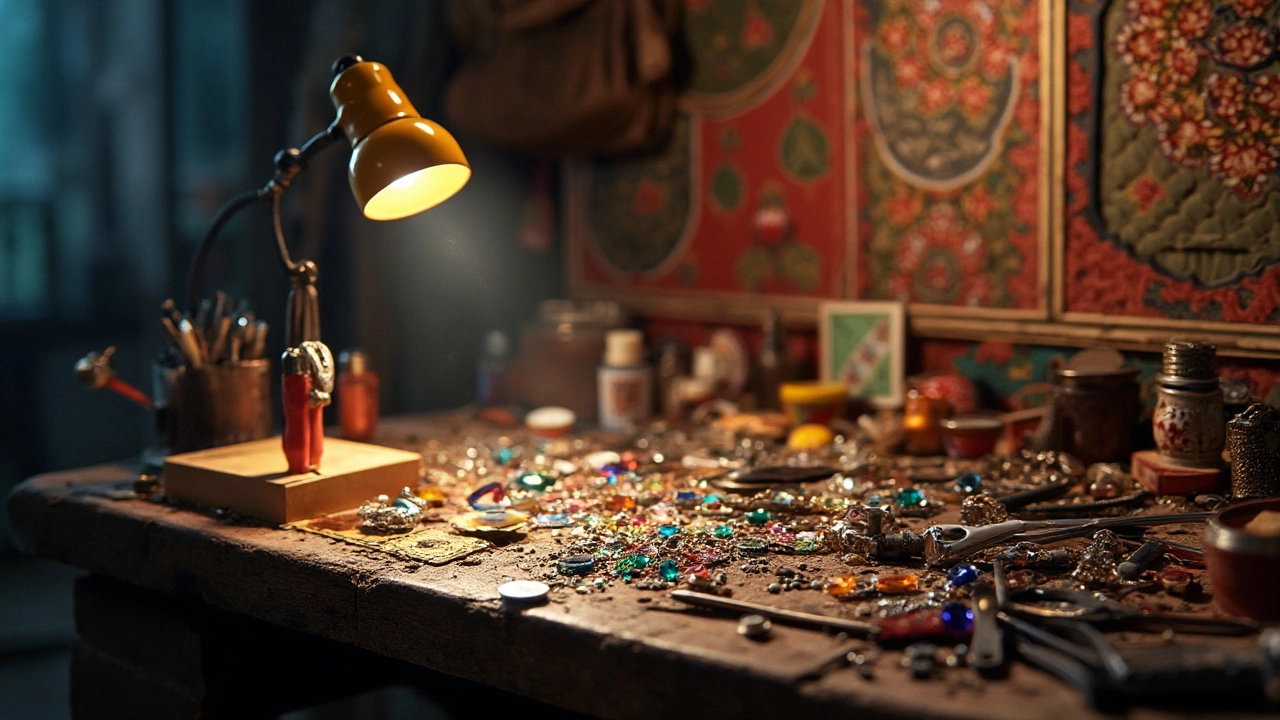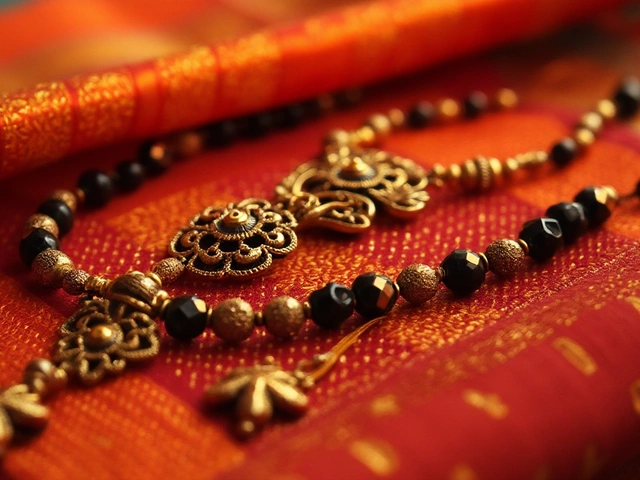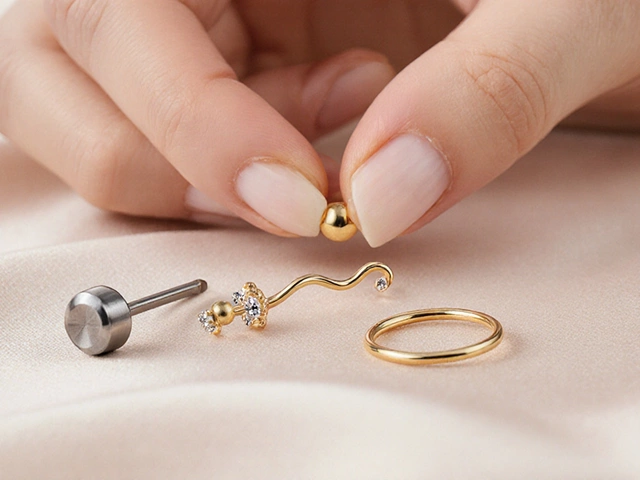Essential Jewelry Tools Every Collector & Maker Needs
If you love jewelry – whether you’re stringing beads, fixing a broken chain, or making sure that gold ring is real – having the right tools makes all the difference. You don’t need a full workshop; a handful of inexpensive, high‑quality tools can turn a frustrating problem into a quick fix.
In this guide we’ll walk through the basics you should keep in your drawer, why each tool matters, and how to pick the best version without blowing your budget. By the end you’ll know exactly what to buy, how to use it, and where to find reliable options online or in local markets.
Tools for Crafting and Repairs
Jump ring opener – This tiny plier lets you open and close the little rings that hold charms, beads, or clasps together. A good opener has smooth jaws and a comfortable grip, so you avoid bending the ring or hurting your fingers. Look for a stainless‑steel model with a rubber handle for extra control.
Round‑nose and flat‑nose pliers – Round‑nose pliers shape wire, make loops, and help you bend delicate parts without leaving marks. Flat‑nose pliers are perfect for gripping, pulling, and trimming excess wire. A set with both types lets you switch tasks in seconds.
Wire cutters – Sharp, flush‑cutting wire cutters slice thread, wire, and tiny metal pieces cleanly. Dull cutters crush the metal and ruin the finish. Choose a pair with a spring mechanism so the blades open automatically after each cut.
Chain breaker – When a chain link breaks, a chain breaker lets you open a link, slip a new one in, and close it again. The tool’s jaws should match the chain gauge; otherwise you’ll weaken the metal.
Bench pin and hammer – For more involved repairs, a wooden bench pin gives you a stable surface, while a small jeweler’s hammer helps you set prongs or reshape metal gently.
Tools for Authenticity Checks
Magnet test – Simple but effective. Real gold isn’t magnetic, so a strong magnet can quickly tell you if a piece is mostly steel or another magnetic metal. It won’t catch gold plated items, but it’s a good first screen.
Acid testing kit – These kits include a few drops of acid for different karats (10K, 14K, 18K, 22K) and a testing stone. Scratch a tiny spot, apply the acid, and watch the reaction. The color change tells you the purity. Always work in a well‑ventilated area and wear gloves.
Hallmark loupe – A 10× magnifying loupe lets you read tiny stamps on gold, silver, and platinum pieces. Look for BIS hallmarks like “21K 875” or “925”. If you can’t see a mark, the piece might be unmarked or counterfeit.
Scale – Weighing a piece can reveal if it’s off‑weight for its size, suggesting it’s filled or plated. Digital jewelry scales are cheap and give you readings to two decimal places.
Keeping these tools handy means you can spot a fake before you buy, fix a broken clasp at home, or even start designing your own earrings. Most tools are under $30 each, and you can build a complete starter kit for less than $150.
Before you shop, read a few reviews, check the material (stainless steel is rust‑proof), and make sure the tool feels comfortable in your hand. A good tool lasts years, while a cheap one breaks and adds to the cost in the long run.
Now that you know what to look for, go ahead and add these essentials to your toolbox. Whether you’re a hobbyist, a collector, or someone who just wants to verify a gift, the right tools give you confidence and save you time. Happy fixing and testing!
Essential Equipment to Kickstart Your Jewelry Making Journey
Thinking about diving into the world of jewelry making? You'll need more than just creativity. Discover the essential tools that will help you start creating stunning pieces right away. From basic hand tools to some nifty gadgets, this guide will set you on the right path to crafting beautiful jewelry effortlessly.




